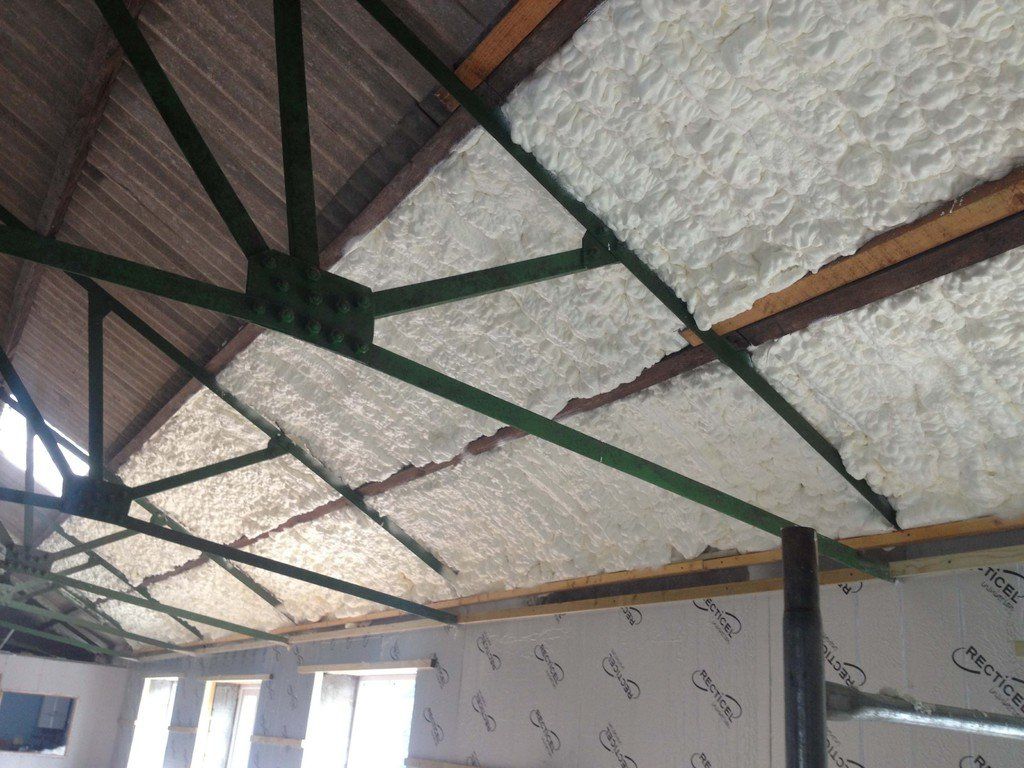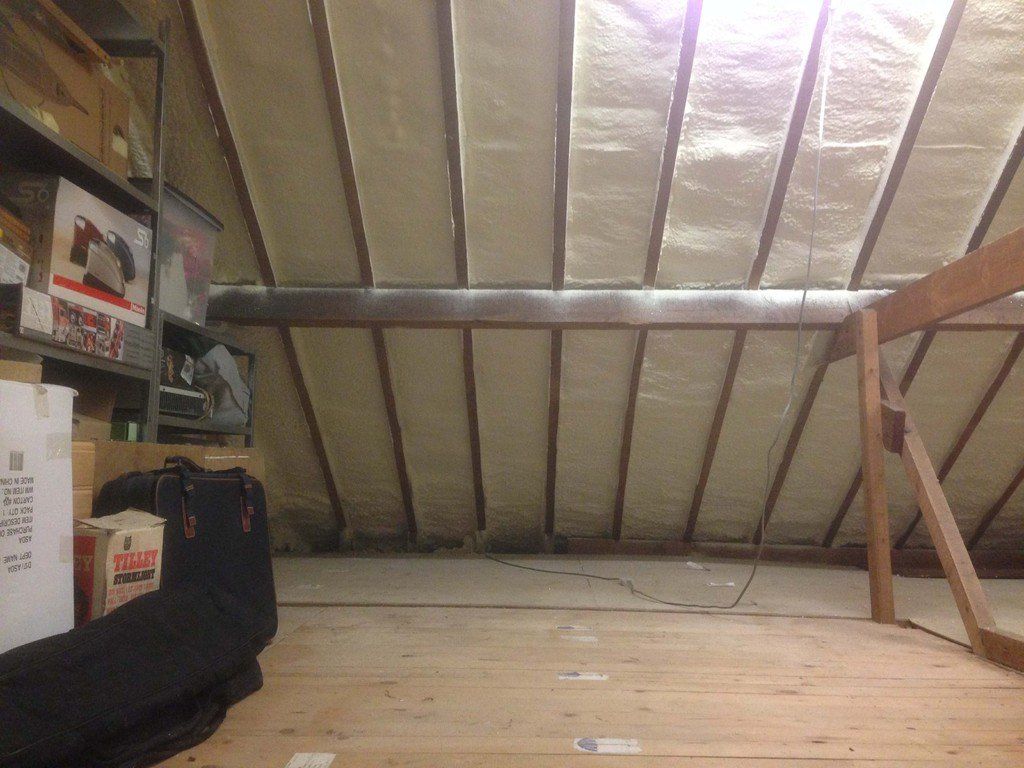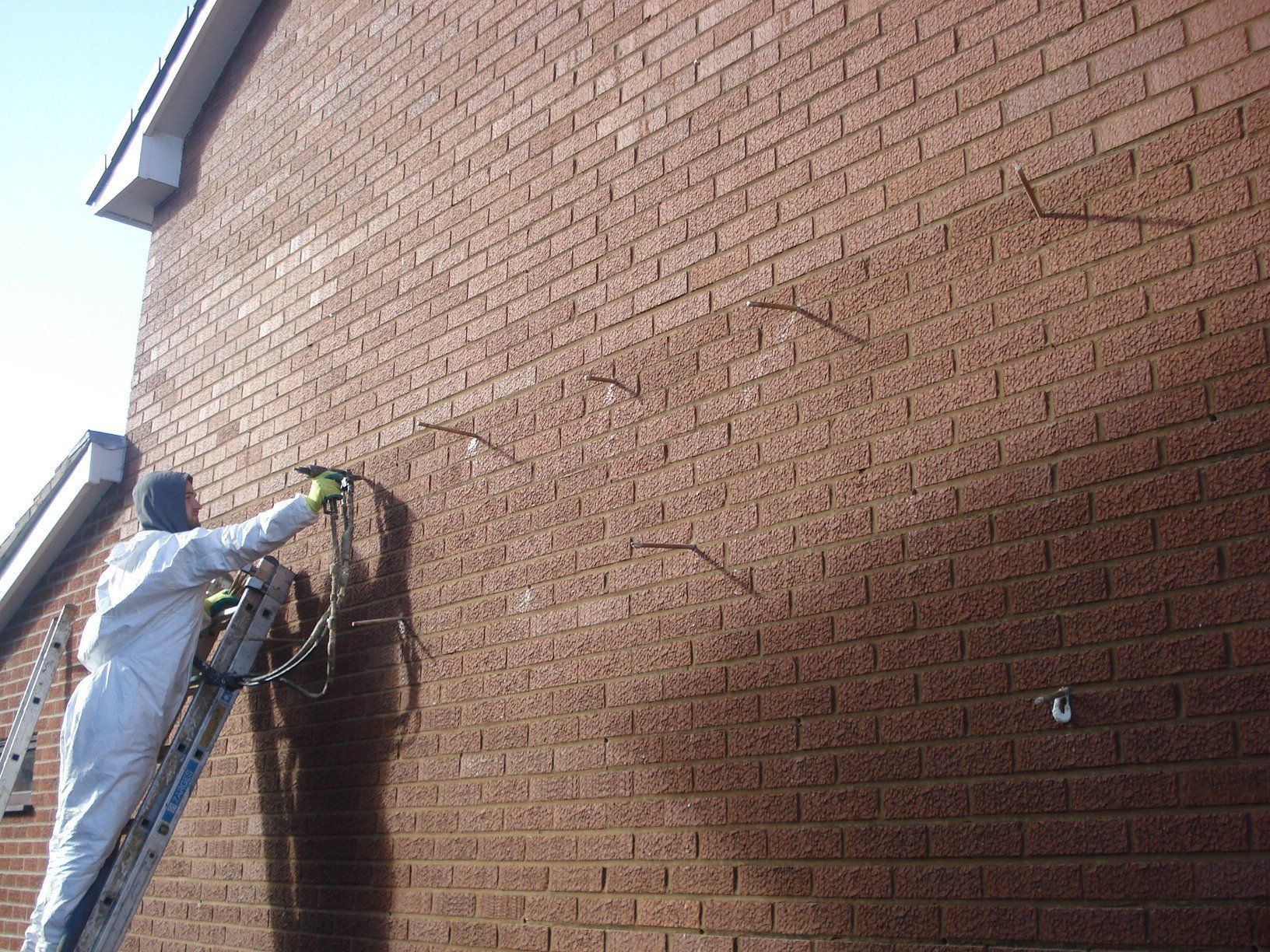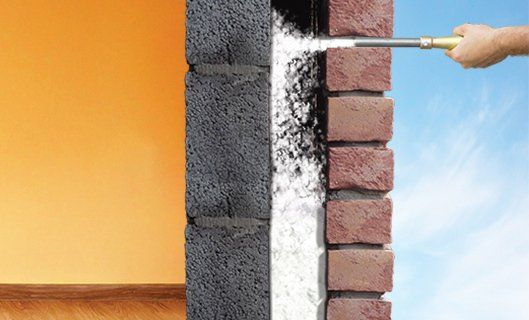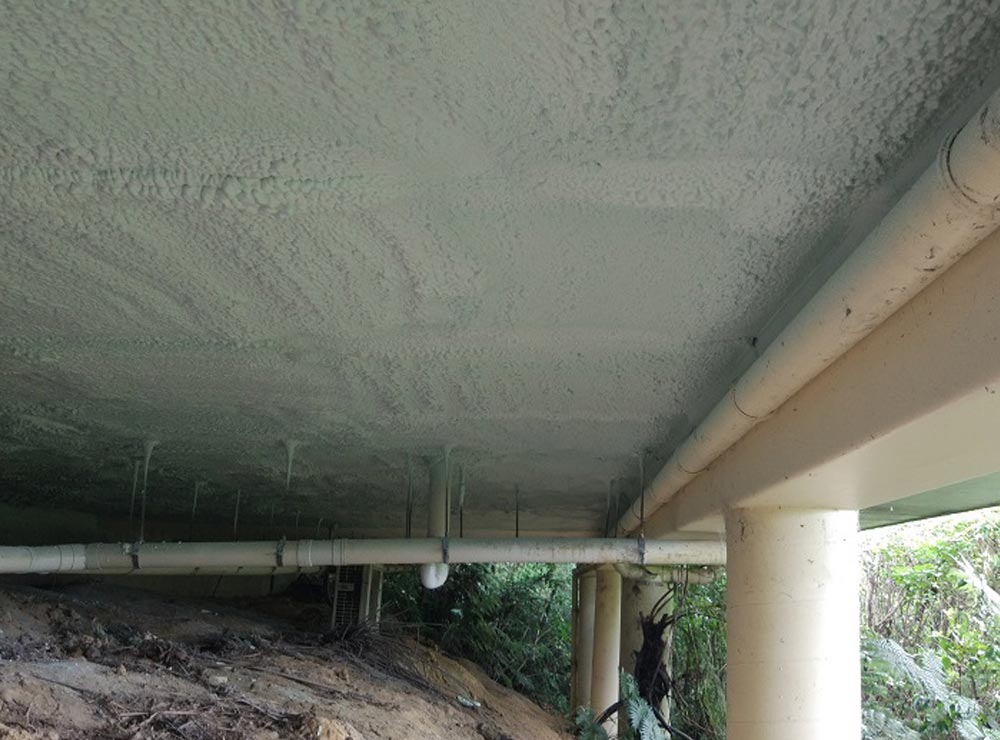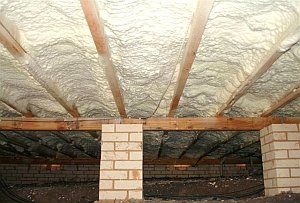Open Cell ICYNENE Spray Foam Insulation Commercial Applications
Eliminate Condensation, Reduce Your Energy Costs by as much as 80%
Stud Wall
We’ve won more awards than we can count but we don’t let it go to our heads. We dedicate ourselves to every project.
Expert Team
Your project will be handled by experts every time. We make sure you have the most experienced professionals working for you.
Quality Guaranteed
You’ll find the support you need to make sure that things runs smoothly. We’re here to help you with any questions.
Commercial Spray Foam Appications
Get in Touch
Reasons for Insulating Interior Walls Using Icynene
Internal walls may be insulated using Icynene spray foam insulation for the following reasons:
Noise Reduction
Icynene light density spray foam insulation, and to some extent Icynene medium density spray foam, can reduce airborne and flanking noise.
- Wall between occupied space and noisy space such as industrial plant, parking garage, concert hall, swimming pool, or classroom.
- Wall between occupied space and space with occasional flanking noise, such as toilet flushing or kitchen sink tap running.
- Wall between two occupied spaces or between an occupied and an unoccupied space to maximize privacy and/or maintain a quiet working environment – such a board rooms, offices, quiet media rooms, operating rooms, or hotel rooms.
Thermal Insulation
Icynene spray foam insulation can be used to avoid energy loss from conditioned spaces.
- Wall between a conditioned space (heated or cooled) and an unconditioned space, e.g. plant room, parking garage, storage room.
Air Quality Control
Icynene spray foam insulation acts as an air barrier and can protect against ingress of pollutants such as dust and dirt, mold and moisture, carbon monoxide, and pollen – to improve indoor air quality (IAQ).
- Wall between occupied space and space with pollution, such as plant room, boiler room, chemical storage area, parking garage.
Moisture Management
Icynene spray foam insulation acts as an air and moisture barrier and can protect against mass transfer of moisture, also protecting against the resulting condensation and mold issues.
- Walls between regular rooms and rooms with high moisture, such as swimming pools and rooms with water tanks.
- Walls between conditioned and unconditioned rooms in hot/humid climates.
- Walls between regular rooms and highly conditioned rooms that need to minimize moisture ingress, such as controlled environments for manufacturing computer chips.

